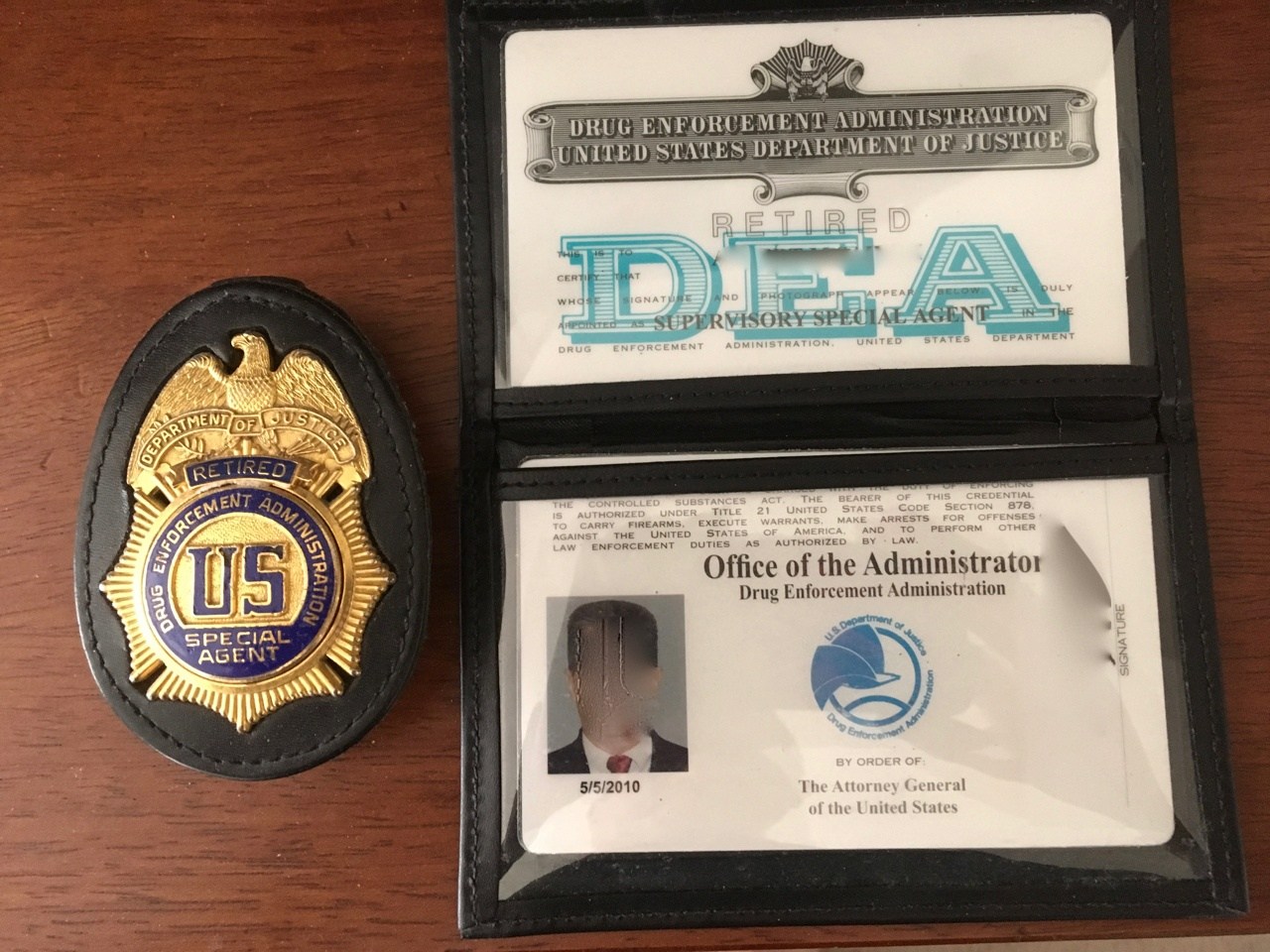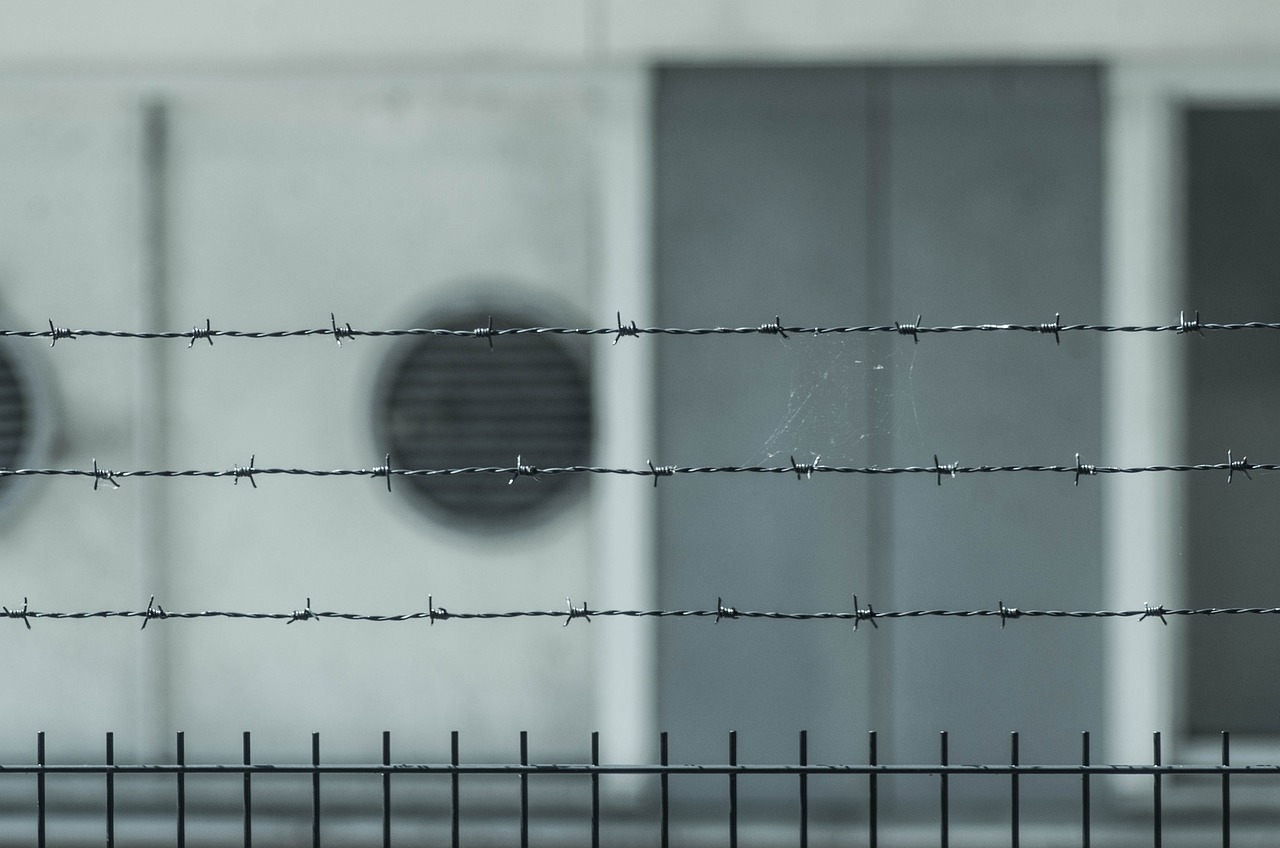- When Science Meets Crime: The Rise of BioTech Fraud in China - April 22, 2025
- How Sports Betting Is Fueling a New Era of Crime Networks - April 10, 2025
- The Dark Side of Influencer Parenting: The Case of Ruby Franke - April 8, 2025
Overview of International Mafia Networks
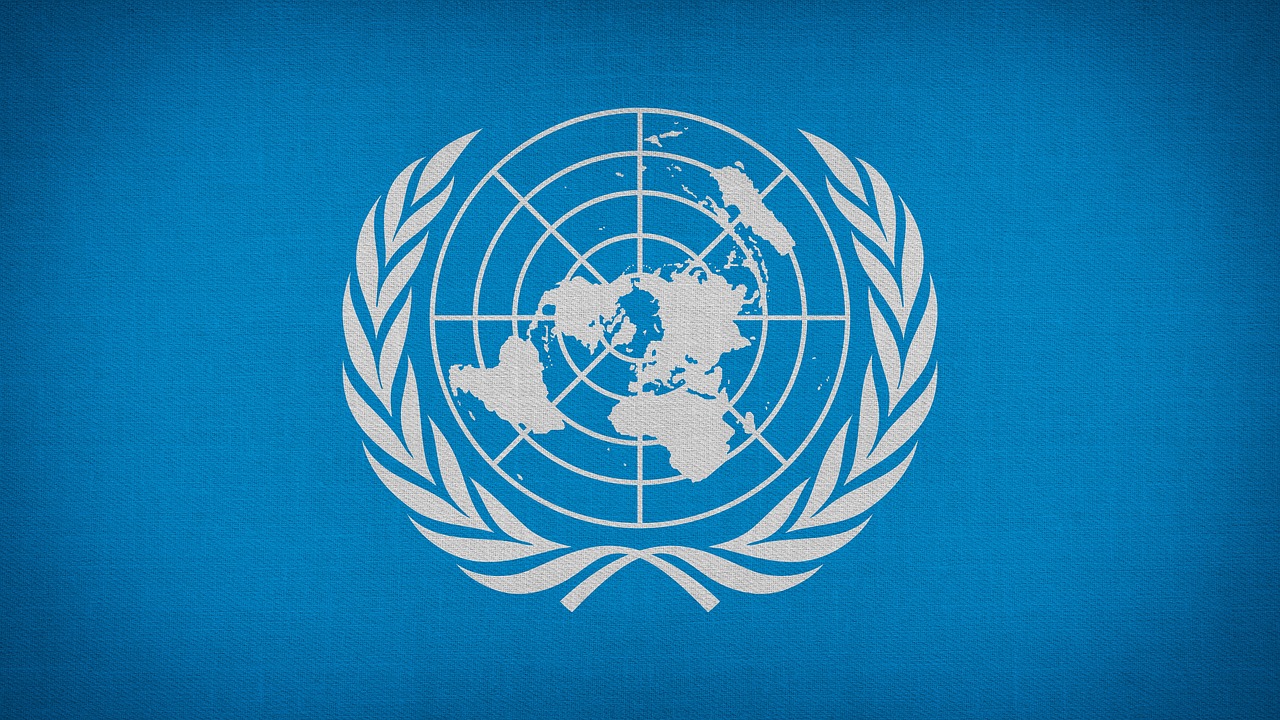
International mafia networks are like shadowy spider webs stretching across the globe, engaging in illicit activities that generate staggering profits. From drug trafficking to human smuggling and money laundering, these organizations thrive in the shadows. The Italian Mafia, Russian mob, and Mexican cartels are among the most notorious, with complex hierarchies that make them resilient against law enforcement. According to the United Nations Office on Drugs and Crime (UNODC), transnational organized crime generates an estimated $870 billion annually, underscoring the enormity of the challenge. These networks operate with a level of sophistication that often outpaces the efforts of law enforcement, making them formidable adversaries.
U.S. Law Enforcement Agencies Involved
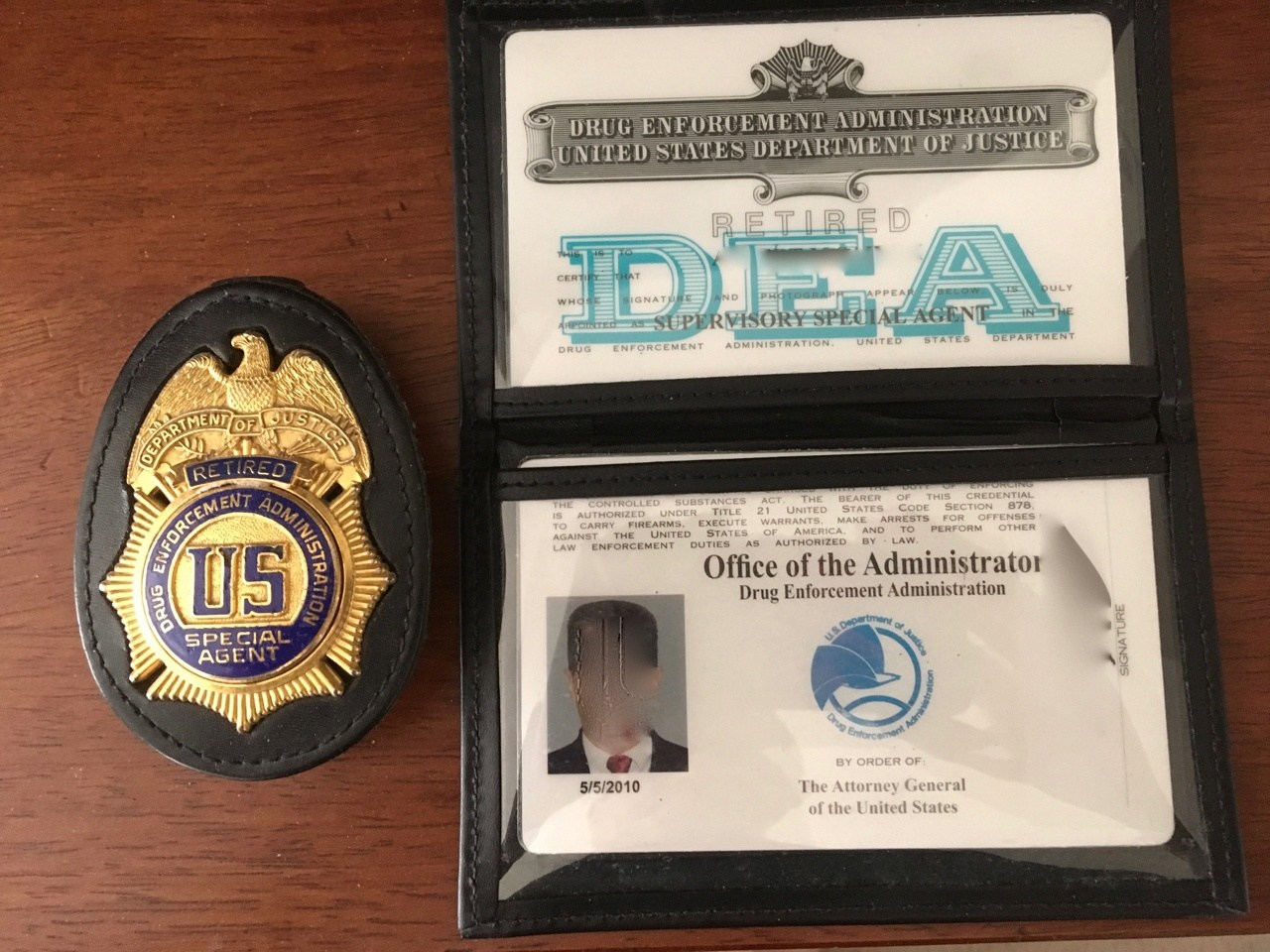
The fight against international mafia networks in the U.S. involves a constellation of agencies, each with its own mandate. The FBI, DEA, and ICE lead the charge, each focusing on different facets of organized crime. The FBI’s Organized Crime Division is tasked with dismantling major crime syndicates, while the DEA targets drug trafficking operations. ICE, on the other hand, delves into financial crimes and immigration violations linked to organized crime. Despite their distinct roles, these agencies often find themselves working in silos, a challenge that complicates the overall effort. Coordination, or lack thereof, remains a significant hurdle in the fight against these elusive networks.
Challenges in Coordination and Communication
The lack of communication and coordination among U.S. law enforcement agencies is a persistent issue that undermines effectiveness. Each agency operates independently, often focusing on its specific mandate without considering the broader picture. For example, the FBI may zero in on a particular crime family, while the DEA targets drug trafficking routes. This fragmented approach leads to missed opportunities for joint operations and a lack of synergy. A 2021 Government Accountability Office report highlighted the urgent need for improved inter-agency collaboration to enhance the fight against organized crime.
The Role of Technology in Crime
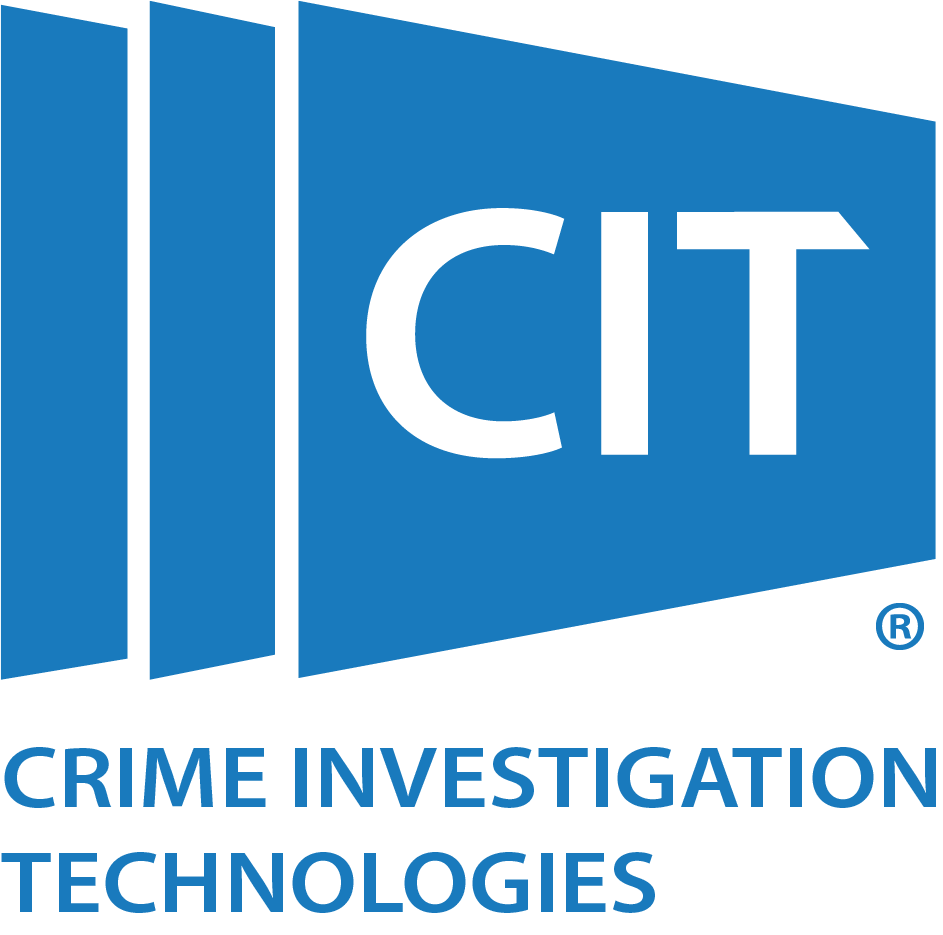
Technology has become a double-edged sword in the battle against international mafia networks. While it offers new tools for law enforcement, it also provides criminals with sophisticated means to conduct their operations. Encrypted communication apps and cryptocurrencies enable these networks to transact and communicate without detection. Law enforcement agencies are often playing catch-up, struggling to adapt to these technological advancements. A 2022 report by the International Criminal Police Organization (INTERPOL) noted that cybercrime is a growing concern, with organized crime groups exploiting the internet for illicit activities. This technological arms race adds another layer of complexity to an already formidable challenge.
International Cooperation Efforts
The U.S. recognizes that combating international mafia networks requires collaboration beyond its borders. Initiatives like the Global Action Against Trafficking in Persons and the United Nations Convention against Transnational Organized Crime aim to strengthen international cooperation. However, differences in legal systems and national priorities can hinder these efforts. Building trust and sharing intelligence among nations are crucial steps in this fight. A 2023 study by the Center for Strategic and International Studies emphasized the importance of fostering international partnerships to effectively combat organized crime on a global scale.
Case Studies of Failed Operations

Several high-profile operations have illustrated the complexities and challenges of dismantling major crime networks. The 2019 Operation Varsity Blues, for instance, aimed to expose a college admissions scandal linked to organized crime but only scratched the surface of deeper connections. Similarly, the 2020 Operation Disruptor targeted online drug trafficking but faced difficulties in tracking the vast network of suppliers and buyers. These cases serve as reminders of the intricate web of organized crime and the formidable obstacles law enforcement faces in trying to unravel it.
The Impact of Corruption
Corruption within law enforcement and government agencies is a significant obstacle in the fight against organized crime. Bribery and collusion can undermine investigations and allow criminal organizations to operate with impunity. A 2023 report by Transparency International highlighted that corruption in law enforcement agencies can lead to compromised operations and a lack of accountability. This internal threat poses a significant challenge, as it erodes trust and effectiveness within the very institutions tasked with combating organized crime.
The Human Cost of Organized Crime
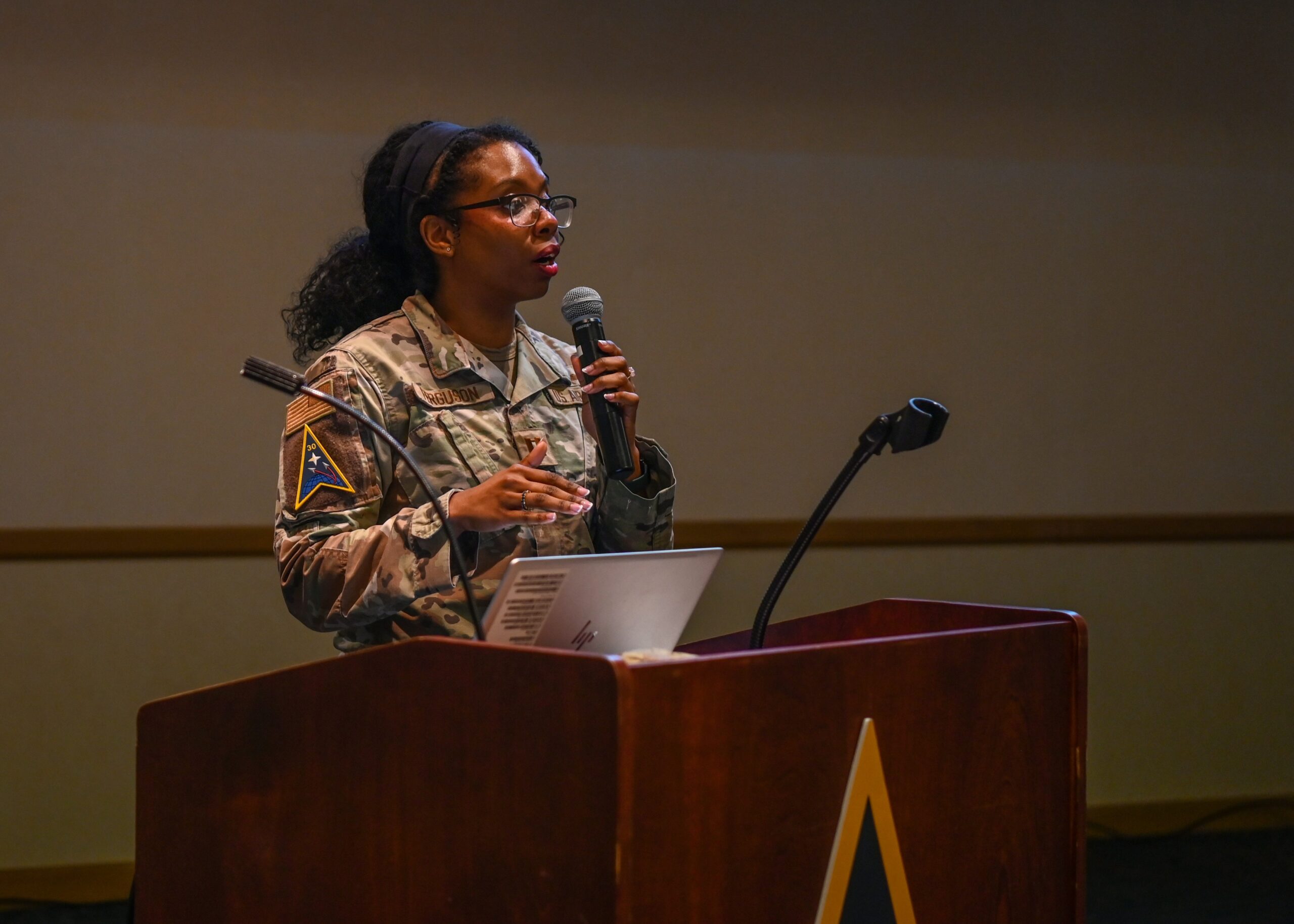
The consequences of international mafia networks extend beyond financial losses, affecting countless lives in profound ways. Human trafficking, drug addiction, and violence are direct outcomes of their operations. The National Human Trafficking Hotline reported over 11,500 cases of human trafficking in the U.S. in 2022, many of which were linked to organized crime. Addressing these issues requires a comprehensive approach that includes prevention, victim support, and robust law enforcement efforts. The human toll is a stark reminder of the urgent need to combat these networks effectively.
Legislative Efforts and Reforms
U.S. lawmakers have introduced various bills aimed at strengthening the fight against organized crime. The Anti-Money Laundering Act of 2020 expanded reporting requirements for financial institutions to detect suspicious activities. However, critics argue that more needs to be done to address the root causes of organized crime, such as poverty and lack of opportunity. A 2023 analysis by the Brookings Institution called for a holistic approach to reform, emphasizing the need for comprehensive strategies that go beyond mere enforcement.
Future Directions in Combating Organized Crime
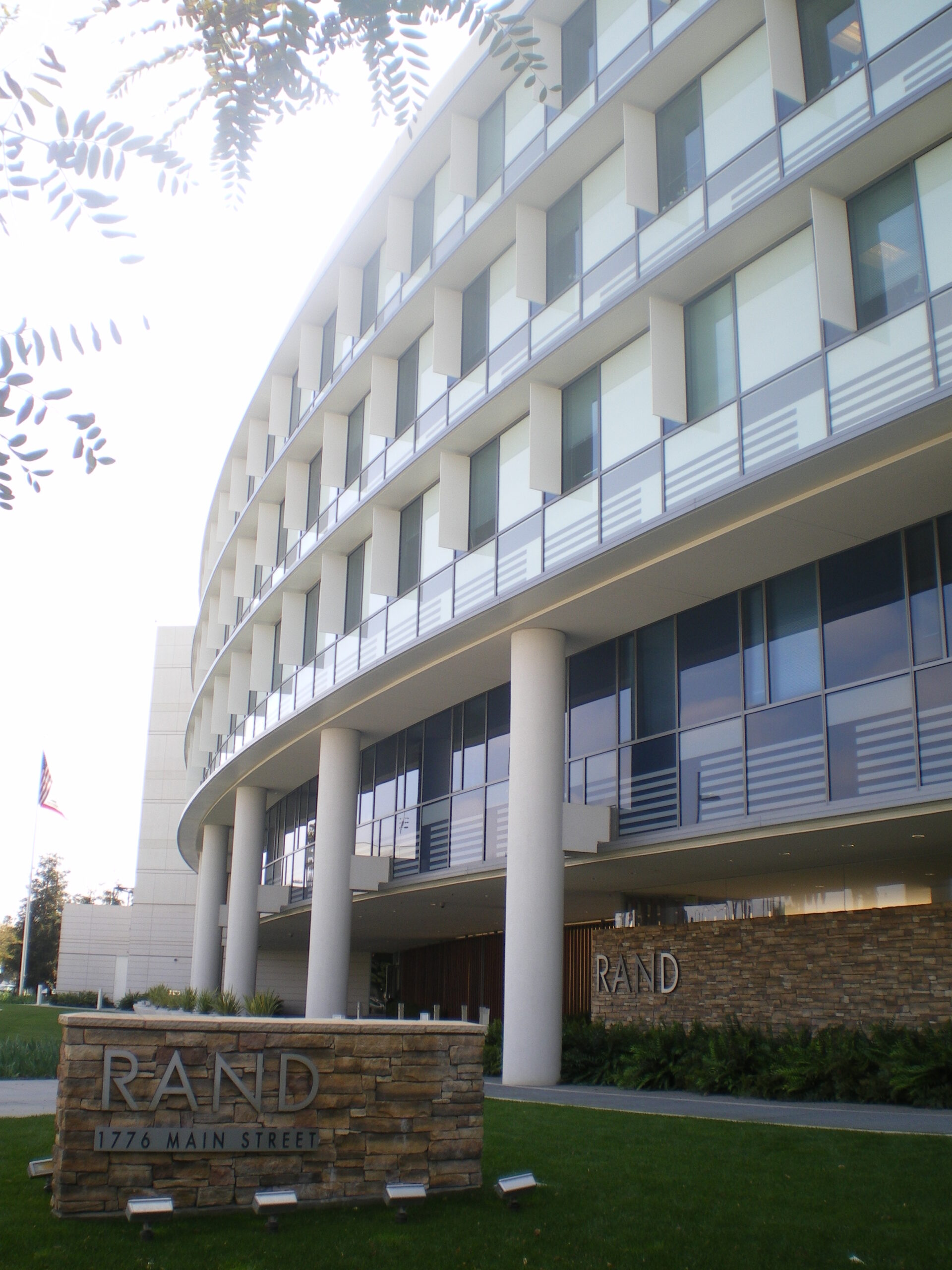
As organized crime evolves, so must the strategies to combat it. Emphasizing technology, international collaboration, and community engagement will be crucial in the coming years. Law enforcement agencies must adapt to the changing landscape by investing in training and resources. A 2023 report from the RAND Corporation suggested that innovative approaches, including public-private partnerships, could enhance the effectiveness of anti-crime efforts. The future of combating organized crime lies in adaptability and a willingness to embrace new strategies.

